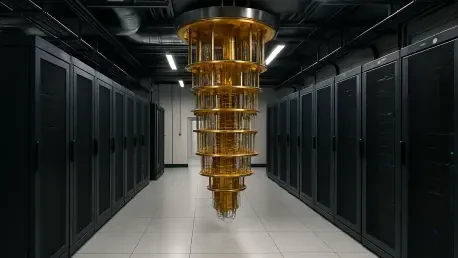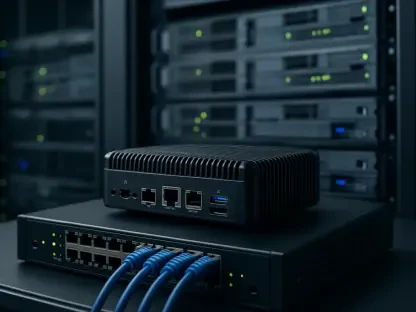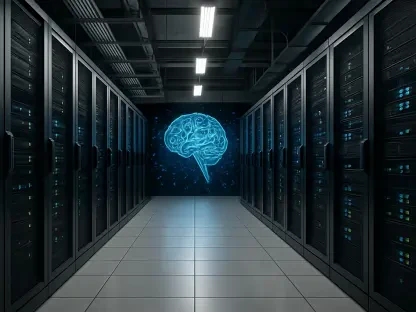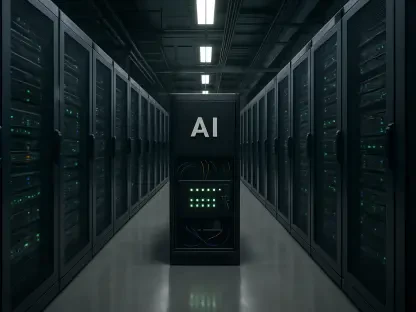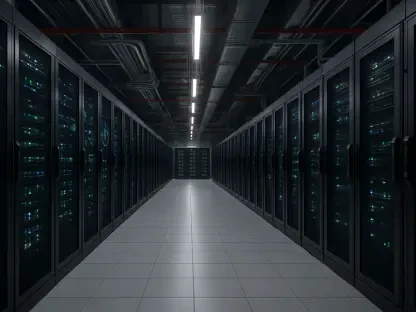I’m thrilled to sit down with Matilda Bailey, a renowned networking specialist with deep expertise in cutting-edge technologies, including cellular, wireless, and next-generation solutions. Today, we’re diving into the exciting world of quantum computing, focusing on the groundbreaking opening of Europe’s first multimodal quantum data center in Barcelona, Spain, by Qilimanjaro Quantum Tech. Our conversation explores the unique features of this facility, the transformative potential of quantum technology, and how it’s poised to reshape industries, research, and innovation through accessible, powerful computing resources.
Can you explain what sets this new quantum data center in Barcelona apart from other facilities across Europe?
Absolutely. What makes this data center truly stand out is its multimodal quantum infrastructure. Unlike traditional data centers or even other quantum facilities, this one integrates both digital and analog quantum computers under one roof. This setup offers unparalleled flexibility for users, allowing them to choose the best approach for their specific problems. Plus, being the first of its kind in Europe, it positions Barcelona as a hub for quantum innovation, drawing in talent and investment.
How would you describe “multimodal quantum infrastructure” to someone who’s not deeply technical?
Think of it like having different tools for different jobs, but all in the same toolbox. Digital quantum computers are great for precise, structured calculations, while analog quantum systems excel at simulating complex, continuous systems like chemical reactions. Having both in one place means users can pick the right “tool” without needing to go to separate facilities, making experimentation and problem-solving much more efficient.
What types of challenges or projects do you anticipate users will tackle with these quantum systems?
The potential is massive. Users will likely focus on incredibly complex problems that classical computers struggle with. This includes things like simulating molecular interactions for drug discovery, designing new materials with specific properties, or optimizing massive systems like global supply chains. These are areas where quantum computing can cut through computational barriers and deliver insights that were previously out of reach.
Can you paint a picture of a specific problem, like molecular simulation or supply chain optimization, that this technology could revolutionize?
Sure, let’s take molecular simulation as an example. In drug development, researchers need to understand how molecules interact at a quantum level to design effective medications. Classical computers can take weeks or even months to model these interactions, and often with approximations. A quantum computer, especially an analog one, can simulate these interactions much faster and more accurately, potentially shaving years off the drug discovery process and saving countless lives.
How do you see quantum computing at this facility contributing to advancements in AI model training?
AI model training is all about processing vast amounts of data and finding patterns, which can be computationally intensive. Quantum systems can accelerate certain algorithms, like those used in machine learning, by solving optimization problems more efficiently. For instance, they could help refine neural networks faster, leading to more accurate AI models in less time. It’s still early days, but the synergy between quantum computing and AI could unlock breakthroughs in everything from natural language processing to autonomous systems.
With the capacity to house up to 10 quantum computers, what does that mean for accessibility to this technology?
That capacity is a game-changer. Housing up to 10 quantum computers means the facility can handle multiple users or projects simultaneously, significantly broadening access. Quantum computers are still rare and expensive, so having this many in one place democratizes the technology to an extent, allowing more researchers, startups, and even larger organizations to experiment without needing their own dedicated systems.
How do you envision collaboration happening in this space, especially with the idea of it being an “open ecosystem”?
The “open ecosystem” concept is about breaking down silos. At this data center, you’ll likely see industries like pharmaceuticals or logistics working alongside academic researchers and public institutions. They might share resources, data, or even co-develop algorithms tailored to quantum systems. This collaborative environment fosters innovation by letting diverse perspectives tackle problems together, potentially leading to solutions no single group could achieve alone.
Why do you think government support was so crucial for launching a project like this?
Government backing is often the catalyst for pioneering tech like quantum computing. For this data center, support from entities like Europe’s Department of Business and Labour likely provided funding, regulatory assistance, or incentives that made the project feasible. Quantum tech is still in its infancy, with high upfront costs and uncertain commercial returns. Without public investment, many of these initiatives would struggle to get off the ground, especially in a competitive global landscape.
For someone unfamiliar with the tech, can you explain what “fluxoniums” are and why they matter in quantum computing?
Of course. Fluxoniums are a type of superconducting qubit, which is essentially the building block of a quantum computer, similar to how bits are for classical computers. What’s special about fluxoniums is their design—they’re more resistant to noise and errors, which are major hurdles in quantum systems. By using fluxoniums in analog chips, the technology at this data center can perform calculations with greater stability, making the results more reliable for users.
Looking ahead, what’s your forecast for the role of quantum data centers in shaping the future of technology?
I believe quantum data centers like this one are just the beginning of a seismic shift. Over the next decade, as quantum hardware becomes more stable and algorithms more refined, these facilities will become central to solving some of humanity’s biggest challenges—from climate modeling to personalized medicine. They’ll likely integrate more with classical and AI systems, creating hybrid environments that redefine computing power. My forecast is optimistic: we’re on the cusp of a quantum revolution that could rival the impact of the internet, and centers like this will be the launchpads.
